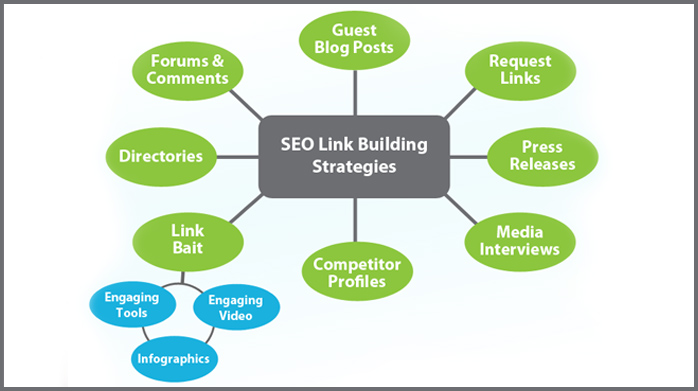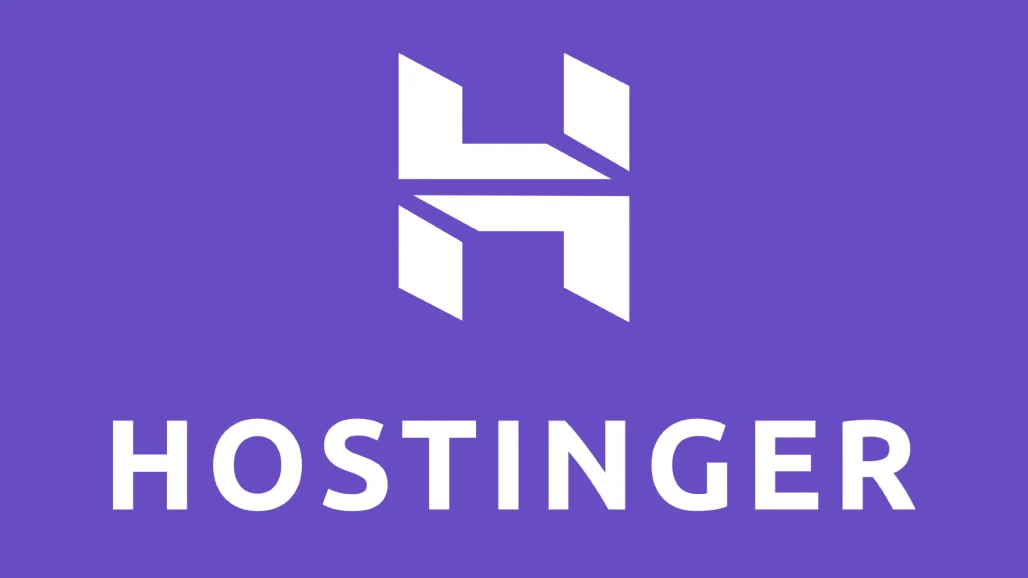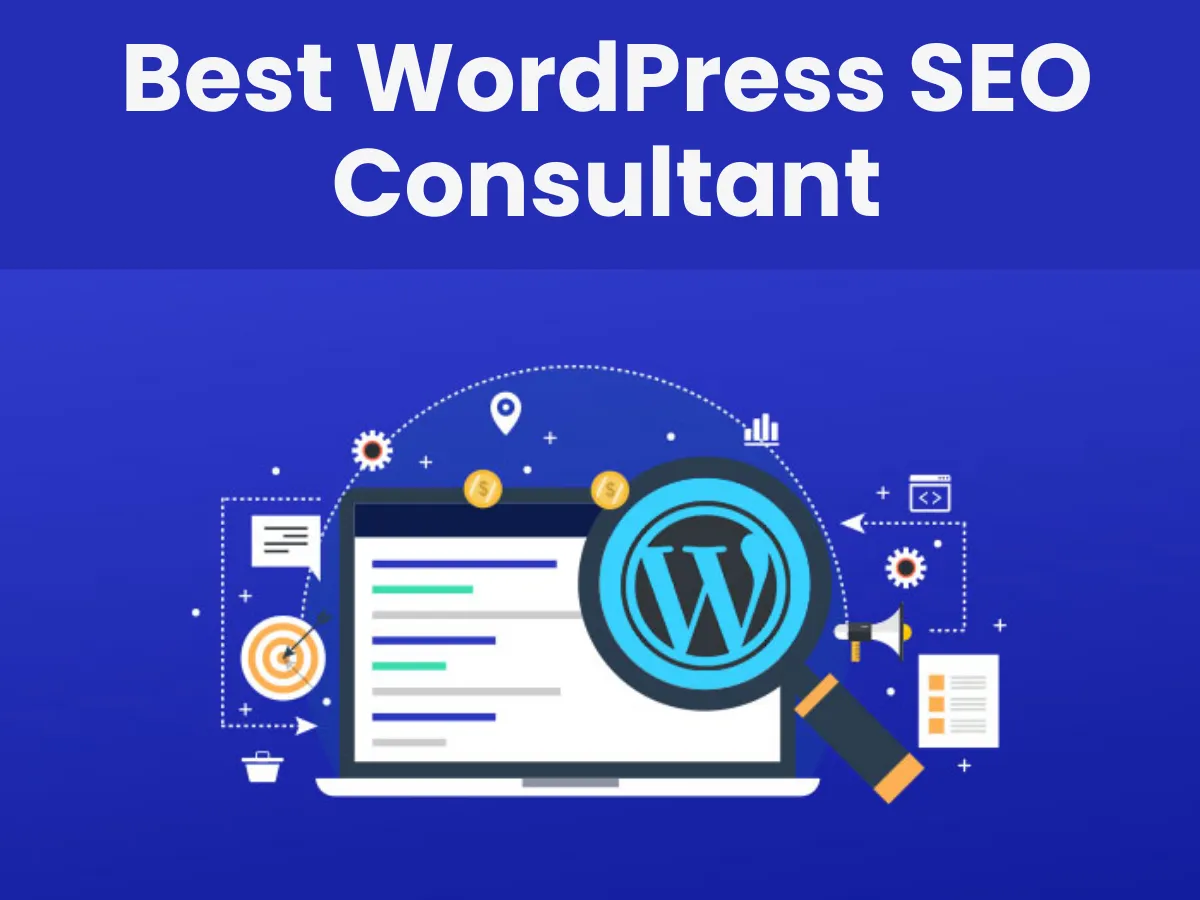
Are you not getting clients for your coaching business? Today, I will share the top SEO strategist for coaches. If you apply this strategy to your website, then your website will immediately boost, attracting so much organic traffic and clients easily. So, let’s get started!
What is SEO for coaches?
SEO for coaches involves optimizing a coaching website to rank higher in search engine results for relevant keywords.
This includes improving content quality, using targeted keywords, and ensuring the site is user-friendly and technically sound to attract potential clients.
Benefits of SEO for coaches?
- Cost-Effective Marketing: SEO provides long-term visibility without ongoing ad spend, making it a cost-effective marketing strategy.
- Improved User Experience: SEO involves optimizing website navigation and design, enhancing the overall user experience.
- Higher Conversion Rates: Targeted traffic and a well-optimized site lead to better conversion rates, turning visitors into clients.
- Competitive Advantage: Effective SEO can help you outperform competitors by ranking higher in search results and attracting more clients.
- Increased Visibility: Higher rankings in search engine results make it easier for potential clients to find your coaching services online.
- Targeted Traffic: Effective SEO attracts clients who are actively searching for coaching services, leading to more qualified leads.
- Increased Credibility: A well-optimized website often appears more credible and trustworthy, boosting your reputation in the coaching industry.
9 Ways to Optimize Your Coaching Website
Optimizing a coaching website involves several key areas. Here’s a comprehensive guide to help you improve your site:
1. Website Audit and Competitor Analysis
- Website Audit: Evaluate your site’s performance, user experience, content quality, and technical aspects.
- Competitor Analysis: Analyze competitors’ websites to understand their strengths and weaknesses and identify opportunities for improvement.
2. Keyword Research

Best Keyword Research Tools:
- Google Keyword Planner
- Ahrefs
- SEMrush
- Ubersuggest
- Moz Keyword Explorer
- Keywords Everywhere
- Google Trends
- AlsoAsked
- AnswerThePublic
Learn More: Top 10 Best SEO Tools for Small Businesses
How to Do Keyword Research:
- Start with broad topics relevant to your coaching services.
- Use tools to find keyword suggestions and search volumes.
- Analyze competitors’ keywords.
- Consider user intent and long-tail keywords.
Best Keyword for Life Coaching:
- Life Coaching Services
- Personal Life Coach
- Life Coaching for Adults
- Online Life Coaching
- Life Coach for Goal Setting
- Professional Life Coach
- Life Coaching Programs
- Certified Life Coach
- Life Coach for Personal Development
- Life Coaching for Stress Management
Best Keyword for Health Coaching:
- Health Coaching for Weight Loss
- Health Coaching Programs
- Health Coaching Certification
- Health Coaching for Wellness
- Health Coaching Sessions
- Affordable Health Coaching for Weight Loss
- Best Health Coach for Personalized Nutrition
- Online Health Coaching for Busy Professionals
- Health Coaching for Chronic Disease Management
- Personalized Health Coaching Plans
Best Keyword for Business Coaching:
- Business Coaching Services
- Executive Business Coach
- Startup Business Coaching
- Small Business Coaching
- Leadership Coaching for Businesses
- Business Growth Strategies Coaching
- Entrepreneurial Coaching
- Performance Improvement Coaching
- Business Strategy Consultant
- Corporate Coaching Programs
3. Creating High-Quality Content

- Focus on solving your audience’s problems.
- Use clear, engaging language and a friendly tone.
- Incorporate stories, case studies, and testimonials.
- Provide actionable tips and resources.
Best Content Creation Tools:
- Surfer SEO
- ChatGPT
- MarketMuse
- Frase
- Jasper AI
- Copy.AI
- Grammarly
4. On-Page SEO

- Identify Target Keywords: Use keyword research tools to find relevant keywords.
- Optimize the Title Tag: Include your target keyword and keep it under 60 characters.
- Write Your Headline in an H1 Tag: Ensure it’s clear and includes the target keyword.
- Write a Meta Description: Create a compelling meta description with target keywords to encourage clicks.
- Check the URL Slug: Ensure it’s short, descriptive, and contains the target keyword.
- Add Target Keywords to Your Body Content: Use keywords naturally throughout your content.
- Review Content Quality: Ensure content is informative, engaging, and free from errors.
- Mark Up Subheadings with Header Tags: Use H2, H3, etc., for subheadings to improve readability.
- Improve Navigation with Internal Links: Link to other relevant pages on your site.
- Add Engaging Visual Content: Use images, videos, and infographics to enhance content.
- Apply Schema Markup: Use schema to help search engines understand your content.
- Make Sure Your Page Is Indexed: Check Google Search Console for indexing status.
- Increase Page Speed: Optimize images, use caching, and reduce server response time.
- Ensure Mobile-Friendliness: Use responsive design to ensure a good experience on mobile devices.
5. Technical SEO

- XML Sitemaps: Create and submit sitemaps to search engines.
- Site Architecture: Organize content hierarchically and ensure easy navigation.
- URL Structure: Use clean, descriptive URLs.
- Structured Data: Implement structured data to enhance search results.
- Thin Content: Avoid pages with minimal content; provide valuable information.
- Duplicate Content: Use canonical tags to avoid duplicate content issues.
- Hreflang: Use hreflang tags for multilingual sites.
- Canonical Tags: Specify the preferred version of a page.
- 404 Pages: Create custom 404 pages with navigation options.
- 301 Redirects: Redirect old or broken URLs to relevant pages.
6. Link Building

Building high-quality backlinks and establishing authority in your field is crucial for improving your website’s SEO and visibility. Here’s a detailed guide on the strategies you mentioned:
- Become a Source for Reporters and Bloggers: Position yourself as an industry expert by offering valuable insights and information to journalists and bloggers. Utilize platforms like HARO to connect with media professionals seeking expert opinions.
- Find All of Your Backlinks: Use tools such as Ahrefs or SEMrush to identify and review all backlinks pointing to your site. Assess their quality and address any harmful links using Google’s Disavow Tool.
- Publish “Skyscraper” Content: Create content that surpasses existing popular resources in depth and quality. Promote your superior content to gain backlinks from sites that have previously linked to similar topics.
- Build Links from Outdated Resources: Identify and contact websites with outdated or broken links. Offer your updated content as a replacement to help these sites improve their resource pages.
- Use Content Formats Proven to Generate Links: Develop and share engaging content formats like infographics, case studies, checklists, and expert roundups that are likely to attract backlinks and shares.
- Publish Ultimate Guides: Produce comprehensive guides on relevant topics, offering detailed information and useful resources. Share these guides widely to attract backlinks from authoritative sites.
- Use Branded Strategies and Techniques: Leverage your brand’s reputation by providing unique insights or tools. Engage in activities that enhance brand visibility and attract high-quality backlinks.
- Authority Resource Pages: Create and maintain resource pages that offer valuable industry information and tools. Promote these pages to gain backlinks from other industry websites and establish your site as a key resource.
7. Search Intent
Understand User Intent: Create content that matches the searcher’s intent—whether they are looking for information, services, or solutions.
8. User Signals
- Improve user experience (UX).
- Enhance page load times.
- Reduce bounce rates with engaging content and clear calls-to-action.
9. Implement UI/UX Web Design Practices
- User Experience (UX): Ensure your site is user-friendly with intuitive navigation and a clear layout.
- User Interface (UI): Design a visually appealing site with consistent branding and easy-to-use features.
10 Tips to convert your website visitors
- Be Visible: Ensure that key elements like CTAs and contact information are prominently displayed on your website. Visibility increases the chances of visitors taking action.
- Define Your Web Strategies: Develop a clear strategy for your website, including goals, target audience, and the specific actions you want visitors to take. A focused approach drives better results.
- Create a Landing Page: Design targeted landing pages with a clear purpose and compelling content. Tailor these pages to specific offers or segments of your audience to boost conversions.
- Increase Your Website’s “Stickiness”: Enhance user engagement by creating valuable content and interactive elements that encourage visitors to stay longer and explore more pages.
- Include a Call to Action: Place clear and compelling CTAs throughout your site, guiding visitors towards desired actions such as signing up, purchasing, or contacting you.
- Make a Guarantee: Offer guarantees or risk-free trials to alleviate visitor concerns and build trust. A strong guarantee can increase conversion rates by reducing perceived risk.
- Provide Testimonials or Credible Endorsements: Showcase positive testimonials and endorsements from satisfied clients or industry experts. Social proof enhances credibility and encourages visitors to convert.
- Make It Easy to Contact You: Ensure that your contact information is easily accessible. Offer multiple ways to get in touch, such as phone, email, and live chat, to accommodate different preferences.
- Incentivize Customer Contact: Offer incentives like discounts, free resources, or exclusive content to encourage visitors to provide their contact information or take the next step.
- Test, Test, Test: Continuously test different elements of your website, including CTAs, landing pages, and content. Use A/B testing to determine what works best and optimize based on results.
The Bottom Line
SEO is essential for coaches who want to reach more clients and grow their business. This guide for 2024 gives you all the steps you need to improve your online presence.
By focusing on keyword research, creating great content, and fixing technical issues, you can boost your visibility in search engines. Follow these tips, keep up with the latest trends, and watch your coaching business succeed online.




